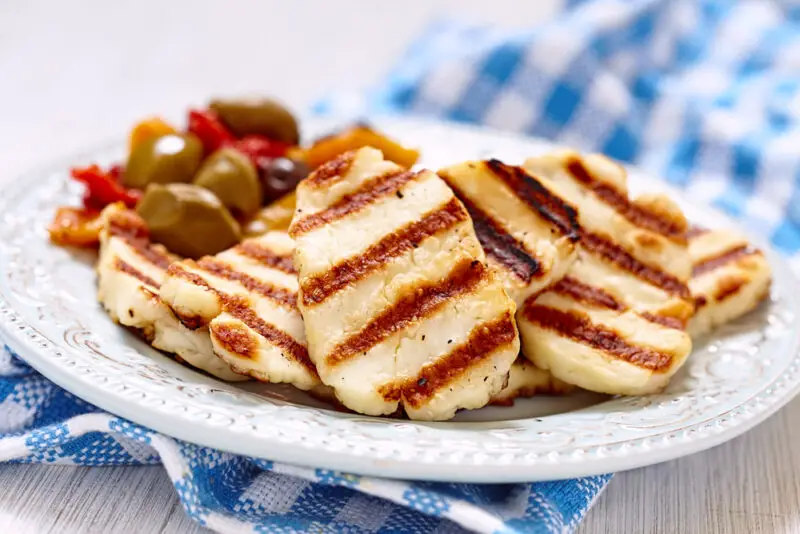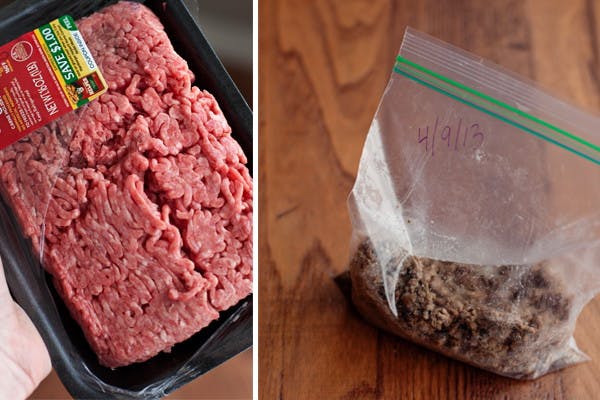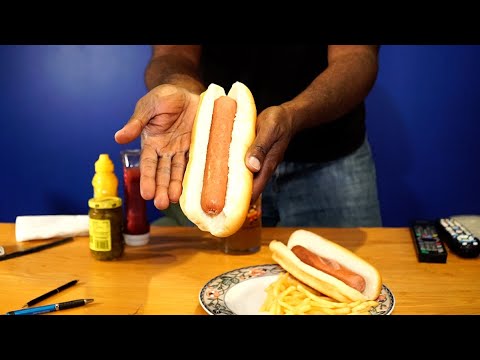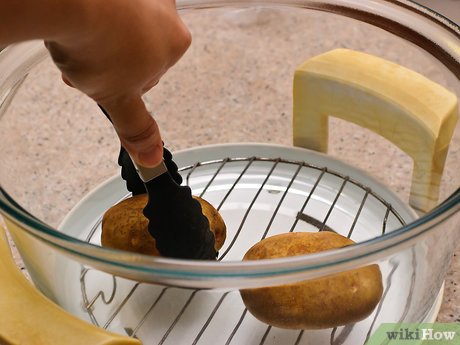When we cook shrimp, they undergo a fascinating color transformation. The natural blue-gray or translucent color of shrimp turns into a vibrant pink or white hue. This change in color is caused by the breakdown of proteins and the release of pigments called astaxanthin. Astaxanthin is responsible for the pink color of shrimp. When the heat denatures the proteins holding astaxanthin, it is released, resulting in the pink color we associate with cooked shrimp. It’s similar to what happens to lobsters and crabs when they are cooked. However, it’s important to note that not all shrimp turn pink when cooked, as some varieties remain white. The exact temperature and time required for the color change can vary depending on the specific composition of the shrimp.
Key Takeaways:
- The color transformation of shrimp when cooked is due to the breakdown of proteins and the release of astaxanthin pigment.
- Astaxanthin is responsible for the pink color of shrimp.
- Not all shrimp turn pink when cooked; some varieties remain white.
- The temperature and time required for the color change can vary based on the specific composition of the shrimp.
How to Tell if Shrimp are Cooked?
When it comes to determining if shrimp are properly cooked, there are a few key indicators to look for. The first and most noticeable is the color of the shrimp. Cooked shrimp will have an opaque white color with accents of pink and bright red. This color transformation occurs due to the breakdown of proteins and the release of the pigment astaxanthin when the shrimp are heated. So, if your shrimp have a vibrant pink or white color, they are likely cooked to perfection.
In addition to color, the texture of the shrimp is another important factor. Cooked shrimp should be firm and moist, not rubbery. If the shrimp feel tough or chewy, they may have been overcooked. The shape of the shrimp can also provide a clue. When cooked, shrimp tend to curl up, while raw shrimp are straighter in shape. So, if your shrimp are tightly curled, they are likely cooked through.
If you want to be absolutely certain that your shrimp are cooked to the proper temperature, you can use a thermometer. Insert the thermometer into the thickest part of the shrimp and ensure it reaches a temperature of at least 165ºF. This will guarantee that any harmful bacteria are killed, making the shrimp safe to eat.
How to tell if shrimp are cooked?
| Indicator | Sign of Properly Cooked Shrimp |
|---|---|
| Color | Opaque white with accents of pink and bright red |
| Texture | Firm and moist, not rubbery |
| Shape | Tightly curled |
| Internal Temperature | At least 165ºF |
By paying attention to the color, texture, and shape of the shrimp, as well as using a thermometer if desired, you can ensure that your shrimp are cooked to perfection. Whether you’re enjoying shrimp in a stir-fry, pasta dish, or as a standalone appetizer, properly cooked shrimp will provide the perfect combination of flavor, texture, and safety.
Factors that Affect Shrimp’s Color Transformation
When it comes to the color transformation of shrimp when cooked, several factors can influence the final outcome. Understanding these factors is key to achieving the desired pink or white color in your cooked shrimp. Let’s take a closer look at the key elements that affect the color transformation:
- Astaxanthin Levels: Different species of shrimp have varying levels of astaxanthin, the pigment responsible for the pink color. This variation in astaxanthin levels can result in different color outcomes when cooked.
- Composition: The specific composition of the shrimp, including the proteins and compounds present, can also impact the color transformation. The breakdown of proteins and the release of astaxanthin are triggered by heat, resulting in the color change.
- Cooking Temperature and Time: The exact temperature and time required for the color change to occur can vary based on the individual composition of the shrimp. Factors like freshness, cooking method, and cooking time can all influence the final color of the cooked shrimp.
These factors work together to determine whether your shrimp will turn pink or remain white when cooked. It’s important to consider the species of shrimp you’re working with, the cooking temperature and time, and the overall composition of the shrimp to achieve the desired color transformation.
| Factors | Affect on Shrimp’s Color Transformation |
|---|---|
| Astaxanthin Levels | Different species have varying levels, resulting in different color outcomes. |
| Composition | The proteins and compounds present in the shrimp impact the color change when cooked. |
| Cooking Temperature and Time | The specific temperature and time required for the color transformation can vary based on the shrimp’s composition. |
By understanding and considering these factors, you can enhance your cooking process and achieve the desired color transformation in your shrimp dishes.
Potential risks of undercooked shrimp
Consuming undercooked shrimp can pose certain risks to health, primarily due to the presence of harmful bacteria. Shrimp, like other seafood, can be contaminated with Vibrio bacteria, which are naturally present in marine environments. These bacteria can cause food poisoning, resulting in symptoms such as diarrhea, stomach cramps, and vomiting. The risk of foodborne illness is higher in raw or undercooked shrimp.
Vulnerable populations, including older adults, pregnant women, and young children, are particularly susceptible to the adverse effects of these bacteria. It is important to note that even healthy individuals can become sick from consuming undercooked shrimp contaminated with Vibrio bacteria. Proper cooking techniques are necessary to eliminate any potential health risks.
To ensure the safety of shrimp, they should be cooked thoroughly until they reach an internal temperature of at least 145°F (63°C). This temperature is sufficient to kill any harmful bacteria present. Additionally, properly cooked shrimp should have an opaque white color with accents of pink and bright red. Checking the color, texture, and shape of the shrimp can help determine their doneness. It is crucial to follow proper food safety practices and cook shrimp thoroughly to enjoy this delicious seafood without any health concerns.
| Potential Risks of Undercooked Shrimp | Prevention Methods |
|---|---|
| Food poisoning | Cook shrimp until they reach an internal temperature of at least 145°F (63°C) |
| Symptoms such as diarrhea, stomach cramps, and vomiting | Properly handle and store shrimp to prevent bacterial contamination |
| Higher risk for vulnerable populations | Follow food safety guidelines and cook shrimp thoroughly to protect high-risk individuals |
Cooking Time and Tips for Perfectly Cooked Shrimp
When it comes to cooking shrimp, getting the timing right is crucial for achieving perfectly cooked results. The cooking time for shrimp can vary depending on factors such as their size, cooking method, and whether they are cooked with or without the shells. To help you cook shrimp to perfection, we’ve compiled some useful tips and guidelines.
Cooking Time Guidelines
As a general rule of thumb, shrimp should be cooked for about 2 to 5 minutes, depending on their size. Smaller shrimp will cook more quickly, while larger shrimp may require a bit more time. It’s important to keep a close eye on the color and texture of the shrimp to determine their doneness. Overcooking shrimp can result in a rubbery and tasteless texture, so it’s best to err on the side of caution and avoid leaving them on the heat for too long.
Thawing Frozen Shrimp
If you’re using frozen shrimp, it’s essential to thaw them properly before cooking. The best way to thaw frozen shrimp is to place them in the refrigerator overnight. Alternatively, you can thaw them quickly by placing them in a sealed plastic bag and submerging them in cold water. Avoid thawing shrimp at room temperature, as this can lead to uneven cooking and loss of flavor.
Tips for Perfectly Cooked Shrimp
Here are some additional tips to ensure your shrimp turn out perfectly cooked:
- Season them: Before cooking, season the shrimp with your choice of spices, herbs, or marinades to add flavor.
- Preheat the pan: Make sure your pan or skillet is preheated before adding the shrimp. This helps in achieving a nice sear and prevents sticking.
- Don’t overcrowd the pan: Cook the shrimp in batches if necessary, to avoid overcrowding the pan. This allows for even cooking and prevents steaming instead of searing.
- Use high heat: Cooking shrimp over high heat helps in achieving a quick sear while keeping the inside tender and juicy.
- Remove tails or leave them on: Whether you prefer to remove the tails before or after cooking is a matter of personal preference. Leaving the tails on can add visual appeal to the dish.
By following these cooking time recommendations and tips, you’ll be able to enjoy perfectly cooked shrimp every time. Whether you’re grilling, sautéing, or adding them to a pasta dish, properly cooked shrimp will elevate your culinary creations.
| Shrimp Size | Cooking Time |
|---|---|
| Small (51-60 count) | 2-3 minutes |
| Medium (41-50 count) | 3-4 minutes |
| Large (31-40 count) | 4-5 minutes |
| Extra-Large (21-30 count) | 5 minutes |
Troubleshooting and Common Mistakes When Cooking Shrimp
When it comes to cooking shrimp, there are a few common mistakes that can easily be avoided to ensure your dish turns out perfectly every time. One of the most common issues is overcooking the shrimp, which can result in a rubbery texture and lack of juiciness. To prevent this, it’s crucial to cook the shrimp for the appropriate amount of time, taking into account their size and the cooking method you’re using.
Another mistake to watch out for is thawing frozen shrimp incorrectly. Improper thawing can negatively impact the texture and taste of the shrimp. It’s best to thaw the shrimp in the refrigerator overnight or under cold running water. Avoid using hot water or leaving the shrimp at room temperature for an extended period, as this can promote bacterial growth.
To prevent shrimp from excessively curling up during cooking, it’s recommended to make strategic cuts to release tension in the muscles. This will help the shrimp maintain a more desirable shape. Additionally, you can consider marinating the shrimp before cooking to enhance their flavor and tenderness. Just be sure not to over-marinate, as this can result in a mushy texture.
By understanding these common mistakes and following proper cooking techniques, you can avoid rubbery and overcooked shrimp. Remember to keep a close eye on the cooking time, ensure proper thawing, make strategic cuts, and consider marinating to ensure your shrimp turns out deliciously tender and flavorful.
FAQ
Do all shrimp turn pink when cooked?
No, not all shrimp turn pink when cooked. Some varieties remain white even after they are cooked.
How can I tell if shrimp are cooked?
The color of cooked shrimp should be a vibrant opaque white with accents of pink and bright red. The texture should be firm and moist, not rubbery. Cooked shrimp also tend to curl up, while raw shrimp are straighter in shape. You can also use a thermometer to check the internal temperature, which should reach at least 165ºF.
What factors can affect the color transformation of shrimp when cooked?
Several factors can influence the color transformation of shrimp when cooked. The primary factor is the presence of astaxanthin, the pigment responsible for the pink color. Different species of shrimp may have varying levels of astaxanthin, resulting in different color outcomes. The exact temperature and time required for the color change can also vary based on the specific composition of the shrimp. Other compounds present in the shrimp, such as proteins and crustacyanin, can also impact the color transformation.
What are the potential risks of consuming undercooked shrimp?
Undercooked shrimp can pose risks to health, primarily due to the presence of Vibrio bacteria. These bacteria can cause food poisoning, resulting in symptoms such as diarrhea, stomach cramps, and vomiting. The risk is higher in raw or improperly cooked shrimp. Vulnerable populations, such as older adults, pregnant women, and young children, are particularly susceptible to the adverse effects of these bacteria.
How long should I cook shrimp and what are some tips for perfectly cooked shrimp?
As a general guideline, shrimp should be cooked for about 2 to 5 minutes. However, the cooking time can vary depending on factors such as the size of the shrimp, the cooking method, and whether they are cooked with or without the shells. It is important to monitor the color and texture of the shrimp to determine their doneness. Thawing frozen shrimp properly, avoiding overcooking, and purchasing fresh shrimp can also enhance the taste and quality of the final dish.
What are some common mistakes to avoid when cooking shrimp?
One common mistake is overcooking shrimp, which can make them rubbery and tasteless. It is important to cook shrimp for the appropriate amount of time, taking into account their size and cooking method. Thawing frozen shrimp incorrectly can also negatively impact their texture and taste. To prevent shrimp from curling up excessively, making strategic cuts to release tension in the muscles can help. Understanding these common mistakes and following proper cooking techniques can ensure that shrimp are cooked to perfection.




